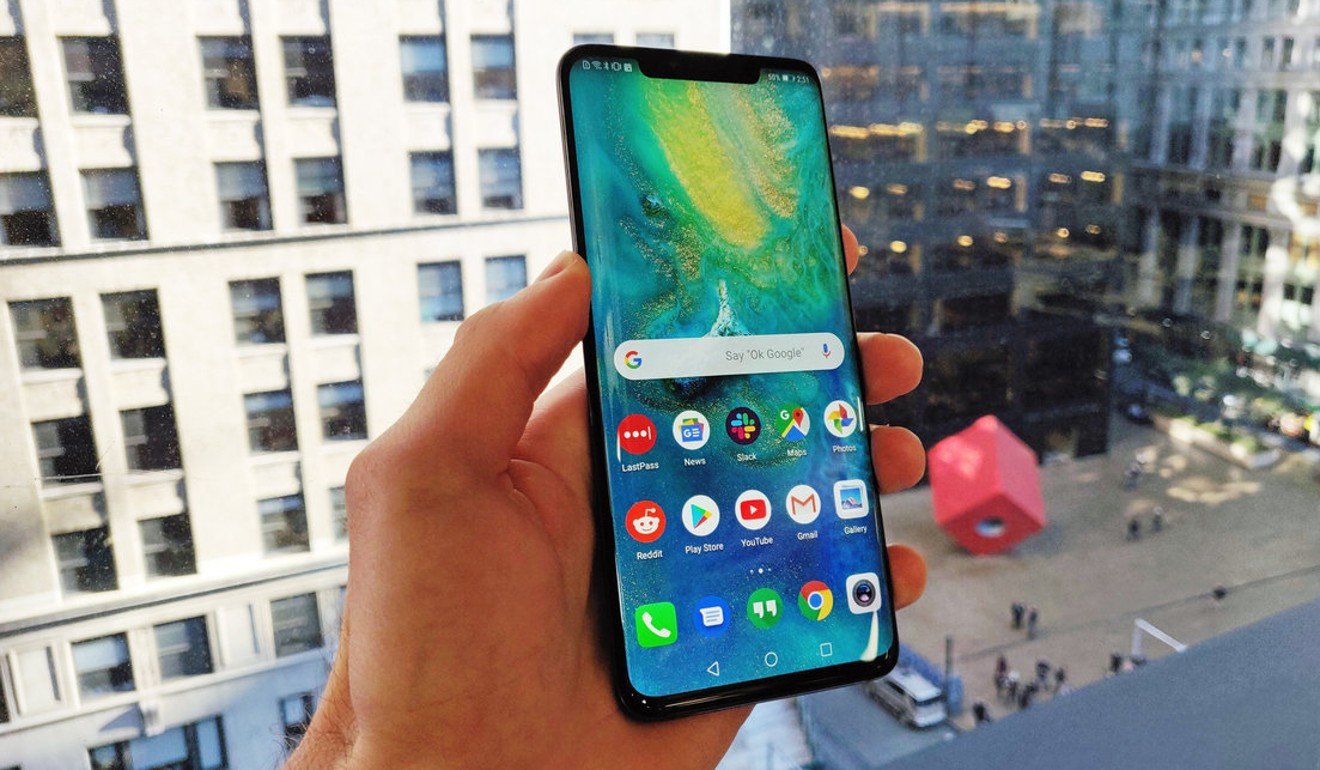
Trump’s trade ban: here are 4 popular Huawei products under threat
- While several US companies, including Google and Intel, are severing ties with the tech giant, its own new technologies may mitigate the fallout
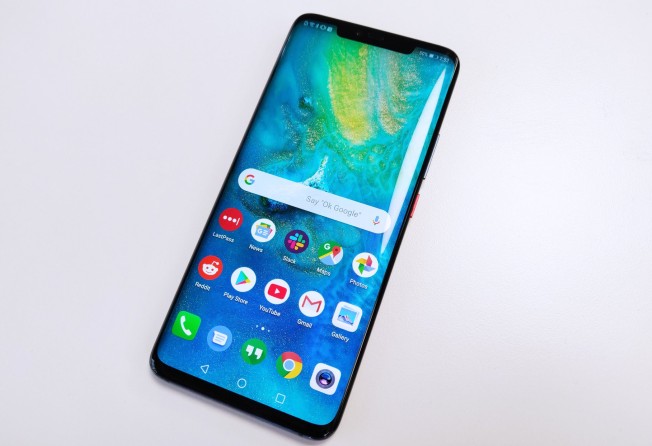
The US government recently placed the Chinese tech behemoth Huawei on a trade blacklist, a move that could require the second-largest smartphone maker to rethink everything from the way it designs its chips to the software that powers its line of smartphones and tablets.
Under the new requirements, US companies must obtain government permission before conducting business with Huawei. Following the announcement, a slew of technology companies said they were suspending business with the company. These companies include Google, which operates the popular mobile operating system Android, as well as the chip makers Qualcomm and Intel, according to Bloomberg.
Huawei has since downplayed the potential ramifications of these sanctions and severed ties. The company’s founder and CEO Ren Zhengfei recently said that he expects the company's growth to slow only slightly when speaking with Nikkei Asian Review. Huawei has also said that it’s been working on its own mobile operating system to replace Android, and the company already develops its own Kirin mobile processors.
Those processors, however, rely heavily on designs from the UK-based Arm, which recently said it had suspended business with the tech giant. The company is also said to have stockpiled enough chips to last for three months as it designs its own chips, according to Bloomberg.
The government has since given Huawei a 90-day reprieve to continue maintaining its current products, but it’s unclear how its product line will change after that window closes.
Huawei may be best known for its line of smartphones, but the company makes a wide variety of products, including laptops and smartwatches.
Not every company or supplier mentioned below has said it would stop working with Huawei. In fact, many have not spoken publicly about how their business would change, if at all, given the new government requirements. But the list below shows how large a role US tech firms play in the development and production of Huawei’s gadgets.
1. Smartphones

The most obvious product line that could be affected by Huawei’s placement on the US trade blacklist is its smartphones. Popular Huawei smartphone models such as the P30 Pro and Mate 20 Pro were built using a variety of components from US tech companies.
The P30 Pro uses flash storage from Micron, according to iFixit, which was founded in Boise, Idaho, in 1978. It also uses front-end modules from the Massachusetts-based Skyworks Solutions and the California-based Qorvo. The company’s popular Mate 20 Pro smartphone also includes Skyworks modules and a wireless power receiver from IDT, according to iFixit, which is also headquartered in California.
The supplier Lumentum also said it has stopped shipping parts to Huawei, according to Reuters. It’s unclear precisely how Lumentum’s components are used in Huawei's phones, but the components maker said that Huawei was responsible for 18 per cent of its revenue in its last reported quarter. Lumentum is also a supplier for Apple’s Face ID facial-recognition technology, so it’s possible that its parts have been used to power the facial-recognition features on phones such as the Mate 20.
But those are some of the more granular ways in which Huawei’s phones could be affected by the new requirements. Of course, Google’s revocation of Huawei’s Android licence means Huawei can no longer use the company’s widely popular software. And designs from Arm, which recently told employees to stop working with Huawei, play a big role in Huawei’s line of Kirin chips that power its smartphones and tablets. (However, because firms usually license technology from Arm, it’s possible that Huawei has years’ worth of licences stored for future use.)
2. Laptops
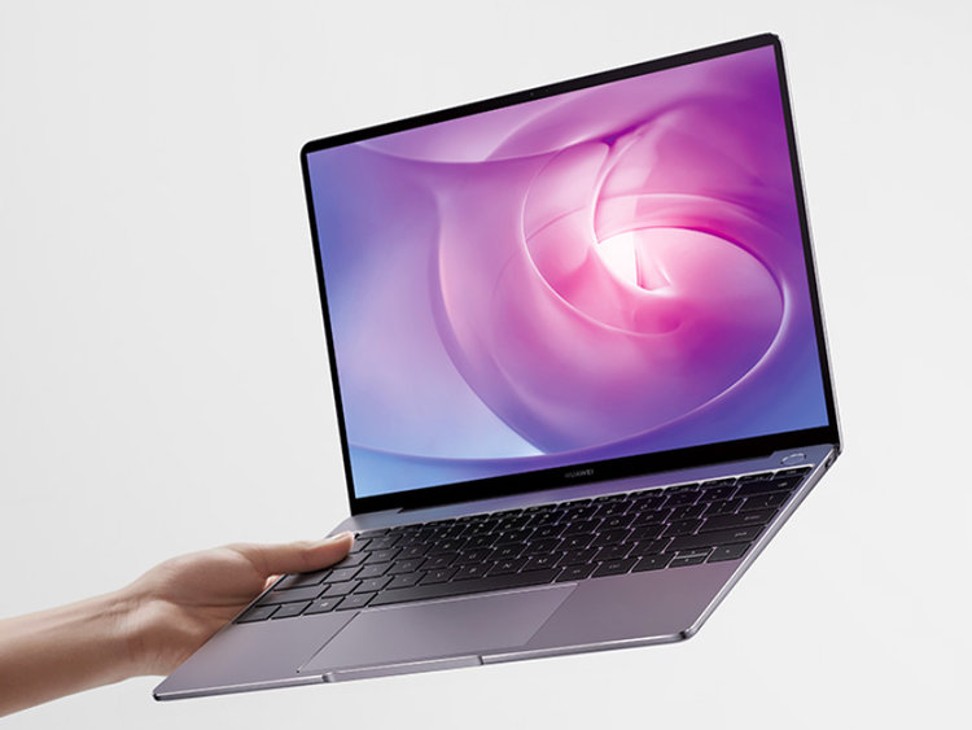
Huawei works with many US-based companies on its laptop line as well.
Certain models, such as the MateBook 13 and the MateBook X Pro, also include an option for graphics powered by Nvidia, which is headquartered in Santa Clara, California.
3. Tablets
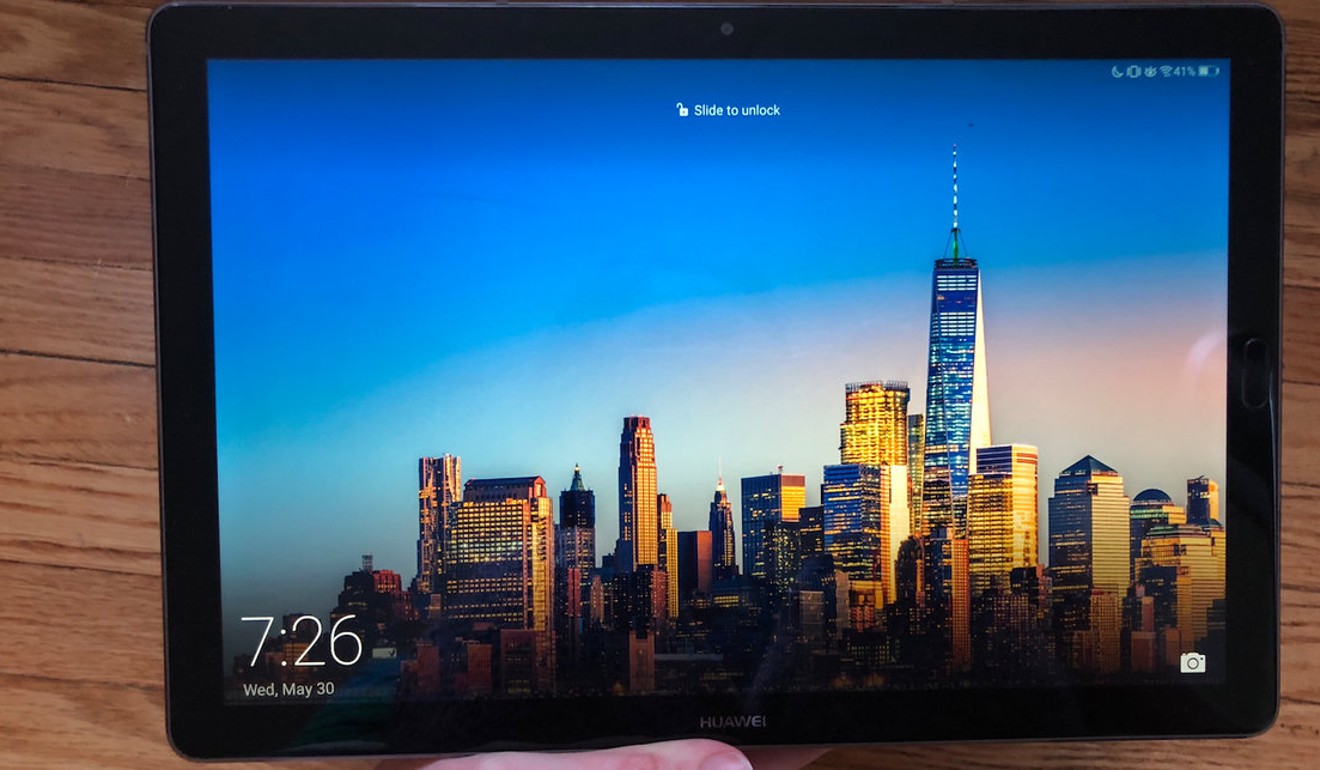
Huawei also sells a variety of tablets in different sizes and price points. There’s the MediaPad M5 line, which comes in 8.4-inch and 10.8-inch sizes, in addition to a cheaper “lite” model, as well as its T-series of MediaPad tablets.
4. Wearables
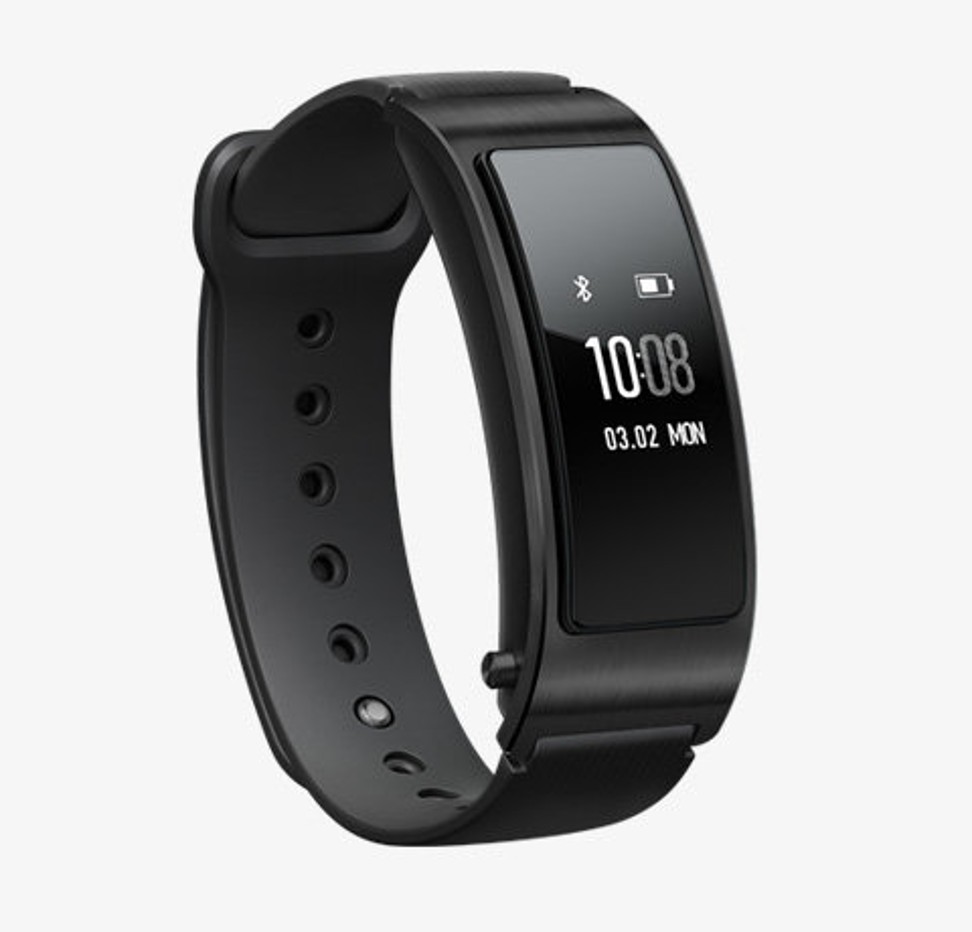
Like many consumer tech giants, Huawei also has a stake in the wearables market – the company sells a variety of smartwatches, fitness trackers and sports watches.
Some of these products use components from US-based companies as well. The company’s TalkBand B3 fitness tracker uses Corning Gorilla Glass, according to Corning’s website, as does the Huawei Fit, according to the Chinese company’s US product page.
This article originally appeared on Business Insider.